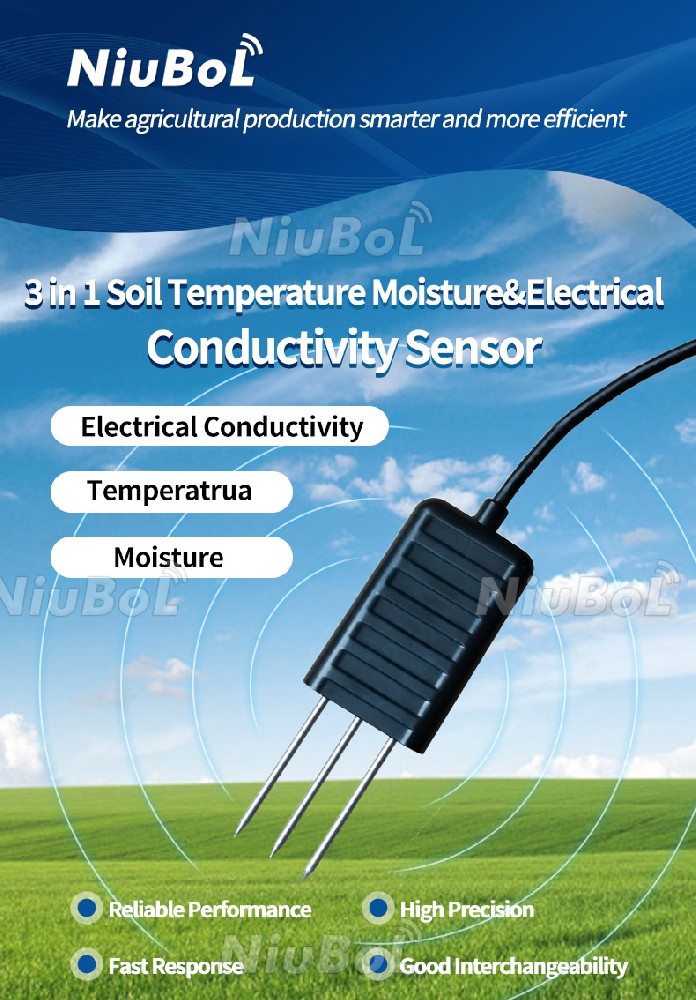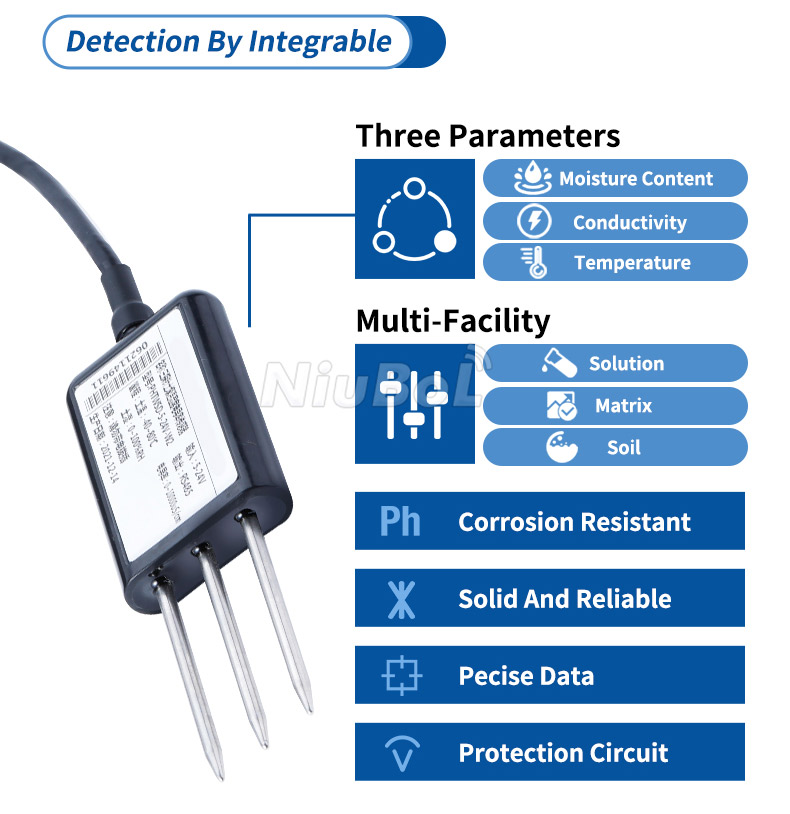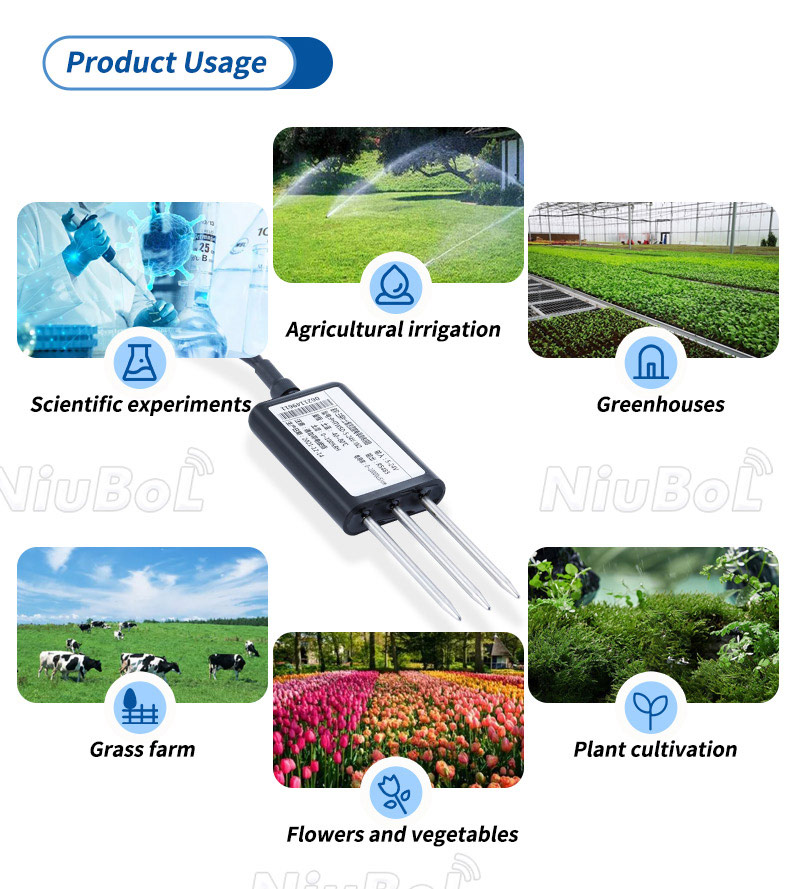

 咨询热线 15388025079
咨询热线 15388025079 时间:2022-05-18 20:26:44 浏览量:1088
湿度传感器工作原理
湿敏元件是最简单的湿度传感器,湿敏元件主要有电阻式和电容式两种。湿敏电阻的特点是基片上覆盖有一层湿敏材料制成的薄膜,当空气中的水蒸气吸附在湿敏薄膜上时,元件的电阻率和阻值就会发生变化,利用这一特性可以测量湿度。湿敏电容器一般采用高分子薄膜电容器,常用的高分子材料有聚苯乙烯、聚酰亚胺、酪蛋白醋酸盐等。当环境湿度变化时,湿敏电容器的介电常数会发生变化,导致其电容值也发生变化,且电容变化量与相对湿度成正比。

湿度传感器注意事项
湿度传感器是非密封的,应避免在酸性、碱性和含有有机溶剂的环境中使用,以保护测量的准确性和稳定性。也应避免在多尘的环境中使用。为正确反映被测空间的湿度,还应避免将传感器放置得太靠近墙壁或空气不流通的死角。如果被测房间太大,应放置多个传感器。

有些湿度传感器对供电电源的要求较高,否则会影响测量精度。或者传感器之间互相干扰,甚至无法工作。使用时应要求提供合适的、符合精度要求的供电电源。
当传感器需要进行长距离信号传输时,要注意信号衰减问题。当传输距离超过200m时,建议使用频率输出信号的湿度传感器。

由于湿敏元件存在一定的分散性,无论进口还是国产的传感器都需要逐台调试、校准,大部分湿敏元件更换后需重新调试校准,对于测量精度较高的湿度传感器尤其重要。
湿度传感器现在已经被广泛的应用了,湿度传感器可以很好的监测环境中的湿度,在食品保护,环境检测等重要的应用领域,我们在使用湿度传感器的时候应该充分的了解湿度传感器的结构以及在使用过程中的一些注意事项。
湿度传感器的形式并不是很多,但是不管是哪一种湿度传感器在使用的过程中还是要注意上述的细节,不只是湿度传感器所有的传感器在使用的过程中都有它的注意事项,我们应该首先阅读其使用说明书并且向生产厂家咨询相关问题,才能更好的使用。
上一页:湿度传感器质量检测方法
下一页:土壤水分仪的安装
相关推荐
相关产品